- How to Adjust X and Y Axis Scale in Arduino Serial Plotter (No Extra Software Needed)Posted 7 months ago
- Elettronici Entusiasti: Inspiring Makers at Maker Faire Rome 2024Posted 7 months ago
- makeITcircular 2024 content launched – Part of Maker Faire Rome 2024Posted 9 months ago
- Application For Maker Faire Rome 2024: Deadline June 20thPosted 11 months ago
- Building a 3D Digital Clock with ArduinoPosted 1 year ago
- Creating a controller for Minecraft with realistic body movements using ArduinoPosted 1 year ago
- Snowflake with ArduinoPosted 1 year ago
- Holographic Christmas TreePosted 1 year ago
- Segstick: Build Your Own Self-Balancing Vehicle in Just 2 Days with ArduinoPosted 1 year ago
- ZSWatch: An Open-Source Smartwatch Project Based on the Zephyr Operating SystemPosted 1 year ago
Arduino typewriter
Patel Sohil Sanjaybhai wants to partecipate to our iniziative “TiDiGino Contest”, sent us his application with Arduino to demonstrate his skills in this field: an Arduino Typewriter.
This project shows how to recycle an old PS2 keyboard and a dot matrix printer (DB25) to make a typewriter.
How works:
The idea is connect the keyboard to the printer with a basic and cheap interface, we have used Arduino because is a fast development board for this kind of projects. The board read the keyboard signals (use a data/clock system) and transform this info about the character to the printer.
Code:
#include <PS2Keyboard.h>
#include <string.h>
#include <stdio.h>
#define KBD_CLK_PIN 3
#define KBD_DATA_PIN 2
#define d0 4
#define d1 5
#define d2 6
#define d3 7
#define d4 8
#define d5 9
#define d6 10
#define d7 11
#define strobe 12
#define autofd 13
PS2Keyboard keyboard;
int caracter = 0;
byte key=0;
void setup()
{
keyboard.begin(KBD_DATA_PIN);
pinMode(d0, OUTPUT);
pinMode(d1, OUTPUT);
pinMode(d2, OUTPUT);
pinMode(d3, OUTPUT);
pinMode(d4, OUTPUT);
pinMode(d5, OUTPUT);
pinMode(d6, OUTPUT);
pinMode(d7, OUTPUT);
pinMode(strobe, OUTPUT);
pinMode(autofd, OUTPUT);
digitalWrite(autofd,HIGH);
digitalWrite(strobe,HIGH);
Serial.begin(9600);
delay(1000);
}
void transmit(int x)
{
if (x >= 128)
{
x = x - 128;
digitalWrite(d7,HIGH);
}
else
{
digitalWrite(d7,LOW);
}
if (x >= 64)
{
x = x - 64;
digitalWrite(d6,HIGH);
}
else
{
digitalWrite(d6,LOW);
}
if (x >= 32)
{
x = x - 32;
digitalWrite(d5,HIGH);
}
else
{
digitalWrite(d5,LOW);
}
if (x >= 16)
{
x = x - 16;
digitalWrite(d4,HIGH);
}
else
{
digitalWrite(d4,LOW);
}
if (x >= 8 )
{
x = x - 8;
digitalWrite(d3,HIGH);
}
else
{
digitalWrite(d3,LOW);
}
if (x >= 4)
{
x = x - 4;
digitalWrite(d2,HIGH);
}
else
{
digitalWrite(d2,LOW);
}
if (x >= 2)
{
x = x - 2;
digitalWrite(d1,HIGH);
}
else
{
digitalWrite(d1,LOW);
}
if (x >= 1)
{
digitalWrite(d0,HIGH);
}
else
{
digitalWrite(d0,LOW);
}
digitalWrite(strobe,LOW);
delayMicroseconds(2);
digitalWrite(strobe,HIGH);
}
void loop()
{
if(keyboard.available())
{
byte c = keyboard.read();
Serial.println(c);
// byte c=Serial.read();
ascii(c);
if(c == 13)
{
Serial.println(key);
transmit(10);
}
else
{
Serial.println(key,HEX);
transmit(key);
}
// Serial.println(c,HEX);
}
}
void ascii(byte x)
{
switch(x)
{
case 0x1c:
{
key=0x41;
break;
}
case 0x32:
{
key=0x42;
break;
}
case 0x21:
{
key=0x43;
break;
}
case 0x23:
{
key=0x44;
break;
}
case 0x24:
{
key=0x45;
break;
}
case 0x2B:
{
key=0x46;
break;
}
case 0x34:
{
key=0x47;
break;
}
case 0x33:
{
key=0x48;
break;
}
case 0x43:
{
key=0x49;
break;
}
case 0x3B:
{
key=0x4A;
break;
}
case 0x42:
{
key=0x4B;
break;
}
case 0x4B:
{
key=0x4C;
break;
}
case 0x3A:
{
key=0x4D;
break;
}
case 0x31:
{
key=0x4E;
break;
}
case 0x44:
{
key=0x4F;
break;
}
case 0x4D:
{
key=0x50;
break;
}
case 0x15:
{
key=0x51;
break;
}
case 0x2D:
{
key=0x52;
break;
}
case 0x1B:
{
key=0x53;
break;
}
case 0x2C:
{
key=0x54;
break;
}
case 0x3C:
{
key=0x55;
break;
}
case 0x2A:
{
key=0x56;
break;
}
case 0x1D:
{
key=0x57;
break;
}
case 0x22:
{
key=0x58;
break;
}
case 0x35:
{
key=0x59;
break;
}
case 0x1A:
{
key=0x5A;
break;
}
case 0x0D:
{
key=0x09;
break;
}
case 0x29:
{
key=0x20;
break;
}
default:
{
}
}
}
| |
Library |

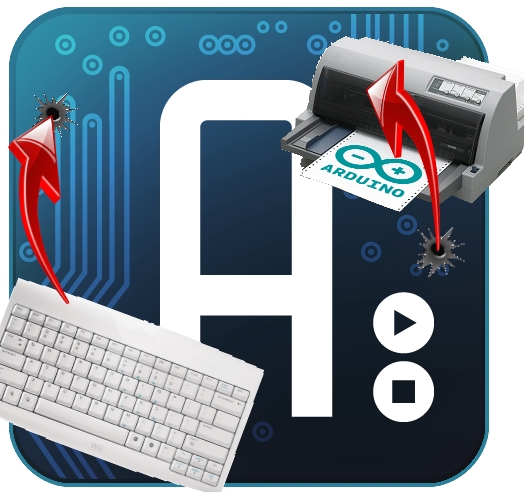


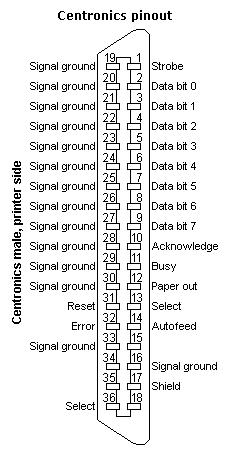
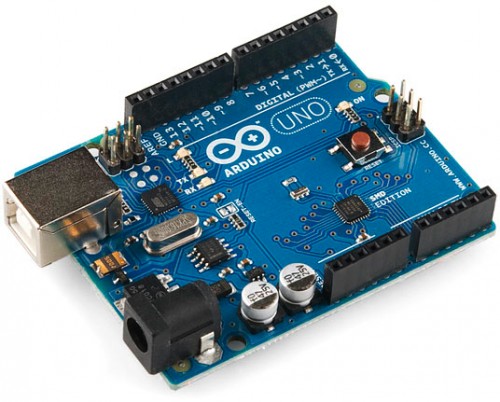


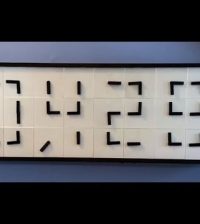
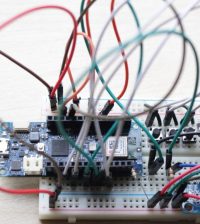











2 Comments